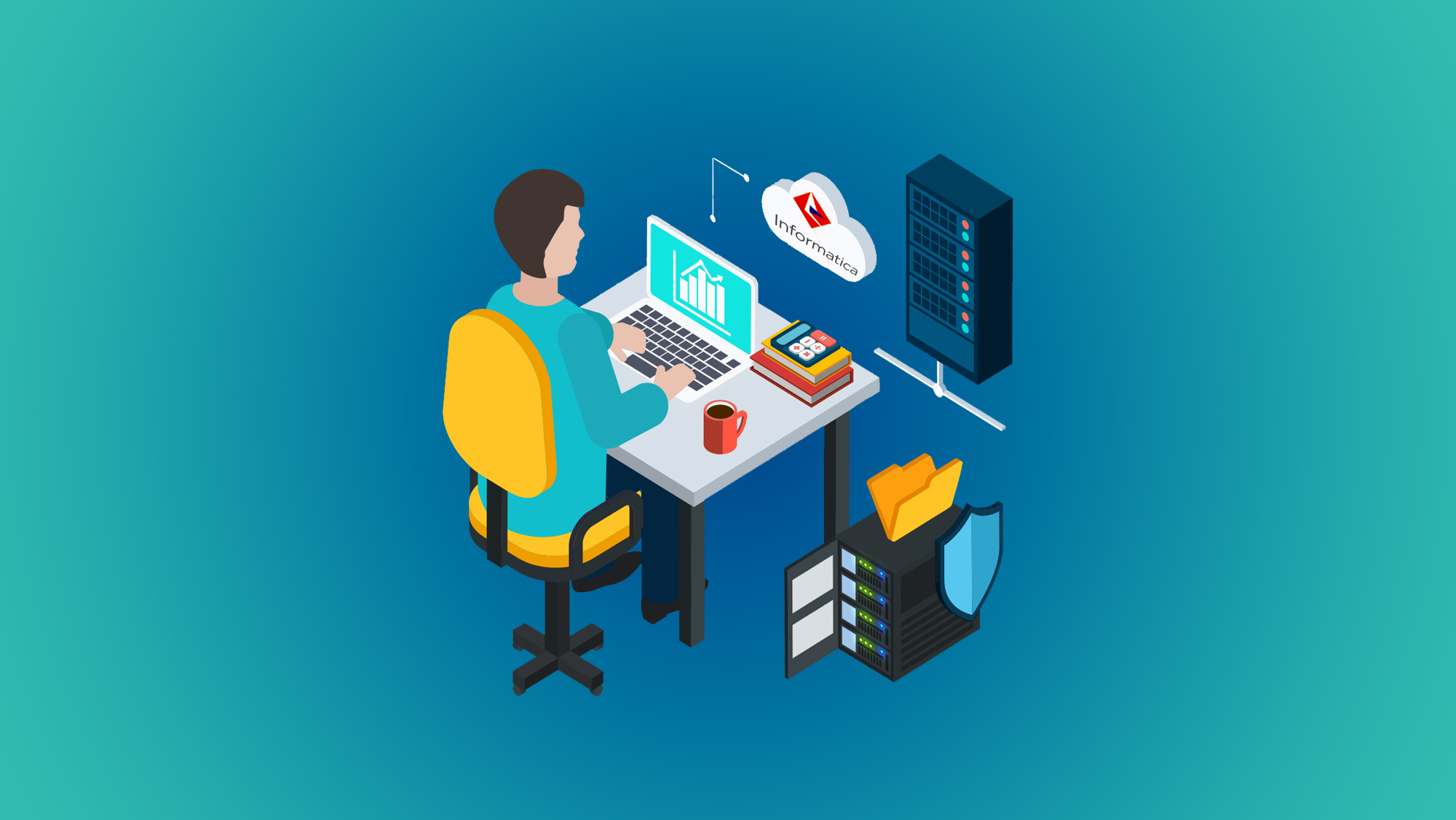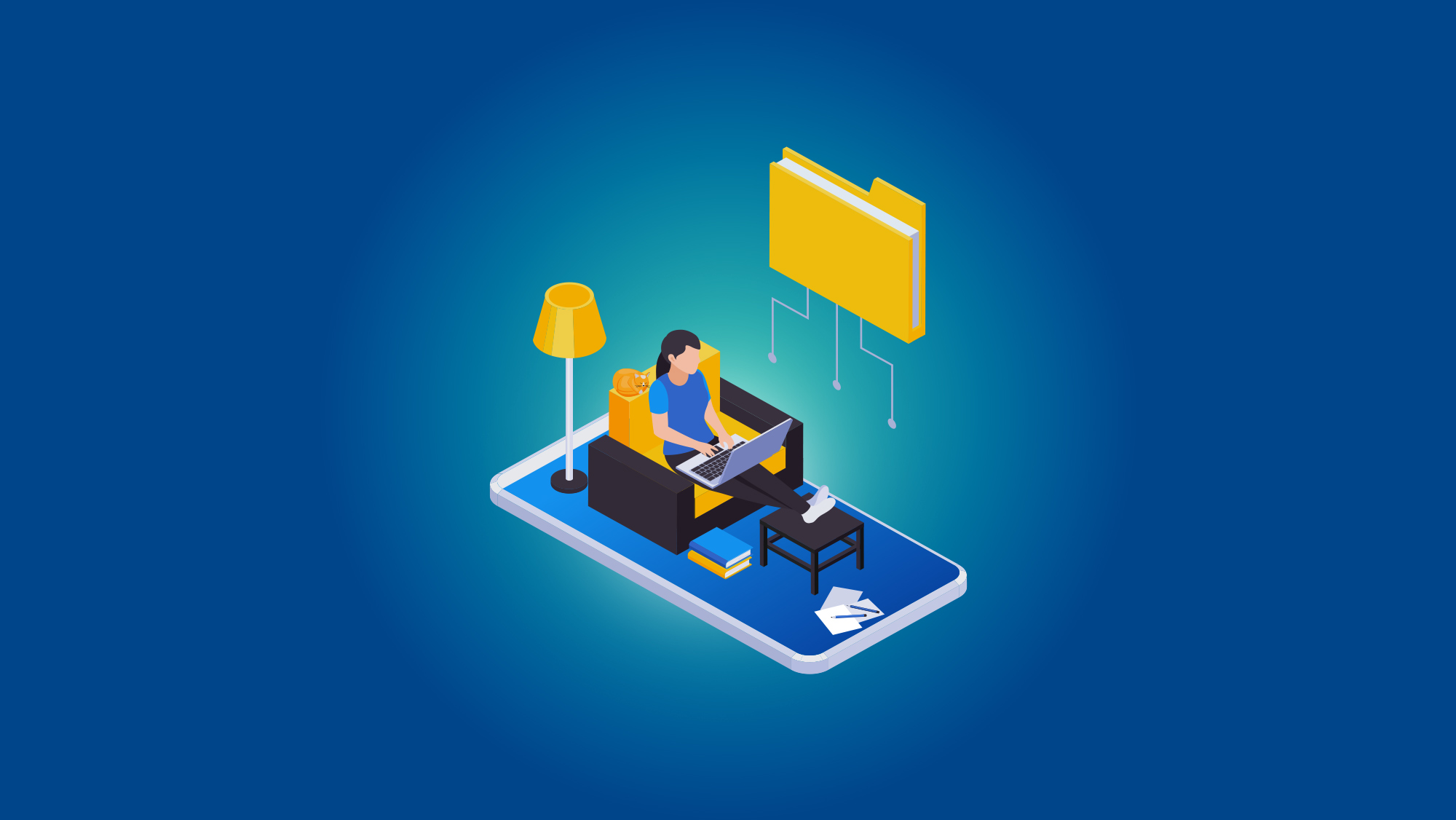Mastering PCB Design: Essential Tips and Tricks for Success
Introduction:
Printed Circuit Boards (PCBs) are the backbone of modern electronics, serving as the foundation for everything from smartphones to aerospace systems. A well-designed PCB is crucial for ensuring optimal functionality, reliability, and manufacturability of electronic devices. Whether you're a beginner entering the world of PCB design or an experienced engineer looking to fine-tune your skills, this comprehensive guide will provide you with essential tips and tricks to master the art of PCB design.
Understanding the Importance of PCB Design:
Before diving into the tips and tricks, it's important to grasp why PCB design is so vital. A well-designed PCB not only connects components but also determines the overall performance and functionality of the electronic device. Effective PCB design leads to improved signal integrity, reduced electromagnetic interference, and efficient heat dissipation—all critical factors in today's high-performance electronics.
Tip 1: Start with a Solid Schematic
Every successful PCB design begins with a clear and well-structured schematic. Take the time to carefully plan your circuit, considering component placement, signal flow, and power distribution. Utilize hierarchical design techniques to manage complex projects and ensure that your schematic is organized and easy to understand.
Tip 2: Choose the Right Components
Selecting appropriate components is a key aspect of PCB design. Consider factors such as component availability, cost, performance specifications, and footprint compatibility. Utilize component libraries and datasheets to ensure accurate placement and connections.
Tip 3: Pay Attention to Component Placement
The placement of components on the PCB can significantly impact signal integrity, thermal management, and manufacturability. Group related components together and follow best practices for minimizing trace lengths, reducing noise, and optimizing thermal dissipation.
Tip 4: Route Carefully and Efficiently
Routing traces on the PCB requires careful consideration of signal integrity and electromagnetic compatibility. Follow high-speed design guidelines for critical signals, use ground and power planes effectively, and maintain proper trace spacing to prevent cross-talk and interference.
Tip 5: Ensure Thermal Management
Heat dissipation is a critical consideration, especially for power-hungry or high-performance circuits. Properly place thermal vias, design adequate heatsinks, and ensure proper airflow to prevent overheating and ensure the longevity of your components.
Tip 6: Perform Design Rule Checks (DRC)
Modern PCB design software offers Design Rule Checking (DRC) tools that help you identify potential errors or issues in your design. Utilize DRC to catch mistakes related to trace width, spacing, solder mask, and more before sending your design for manufacturing.
Tip 7: Test and Iterate
Prototyping and testing are integral parts of PCB design. Once your design is complete, build a prototype to validate its functionality and performance. Use test equipment such as oscilloscopes, signal generators, and multimeters to verify that your PCB works as intended. If issues arise, don't hesitate to iterate and refine your design.
Tip 8: Collaborate and Learn
PCB design is a constantly evolving field. Engage with online communities, forums, and workshops to learn from others, share your experiences, and stay updated on the latest design trends and techniques. Collaborating with fellow designers can provide valuable insights and help you overcome challenges.
Conclusion:
Mastering PCB design is a journey that requires a combination of technical knowledge, creativity, and practical experience. By following these essential tips and tricks, you'll be well-equipped to create high-quality, reliable, and efficient PCBs for a wide range of electronic applications. Remember that PCB design is both a science and an art—continuously refine your skills, stay curious, and embrace challenges as opportunities to grow and excel in this dynamic and rewarding field.
You May Also Like
These Related Stories

Building Dynamic Websites with Typo3: Comprehensive Training Guide

From Novice to Cloud Data Expert: Informatica Cloud Training Journey




No Comments Yet
Let us know what you think